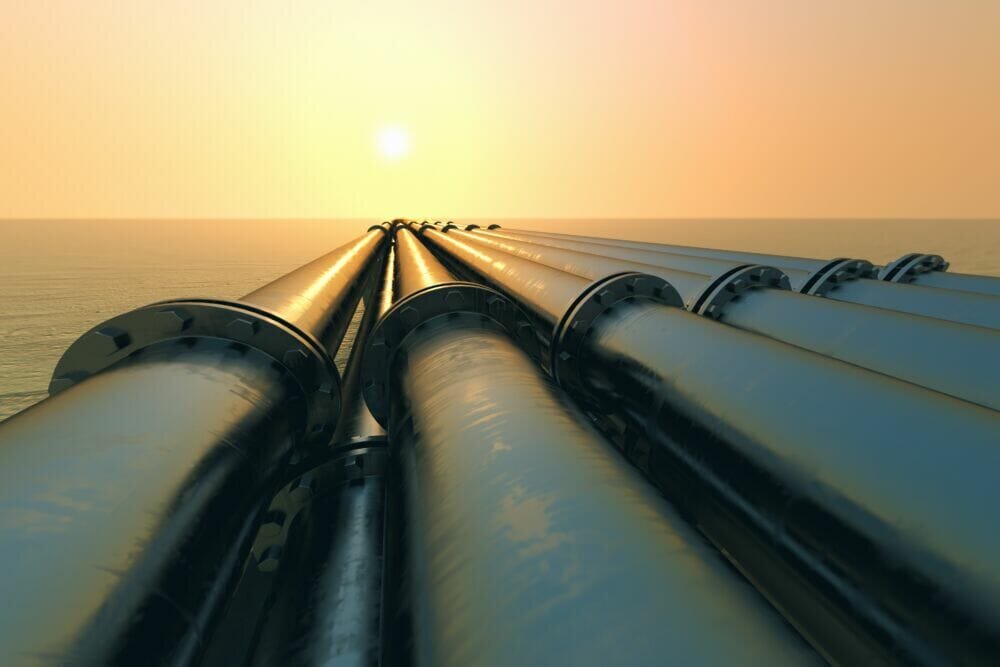Pipeline control solutions to withstand harsh temperatures
Since beginning commercial operation in January 2018, the second line of the China-Russia crude oil pipeline has doubled the yearly annual imports of crude oil from Russia to China from 15 million to 30 million tonnes. The pipeline, which measures over 800 kilometres and was constructed in a record 180 days, is exposed to extreme conditions. To ensure accurate pipeline monitoring and control even in severe environments, remote telemetry specialist Ovarro provided 22 TBox-MS Modular remote telemetry units (RTUs). Here, Matthew Hawkridge, chief technology officer at Ovarro, explains how the units were used to support pipeline operations.
Spanning over 800km and transporting millions of tonnes of Russian crude oil into China annually, construction of the second line of the China-Russia crude oil pipeline was an impressive feat by PetroChina Pipeline Company Limited. The pipeline starts in the Mohe region of Heilongjiang province in northern China, bordering Russia, before running south for over 940 km to Daqing, Heilongjiang Province — commonly referred to as the Oil Capital of China.
In collaboration with Channel Partner ZKCiT, Ovarro provided 22 TBox-MS Modular RTUs to the project for remote monitoring and control of the pipeline. RTUs are devices which can monitor events and parameters at remote locations and collect, process and transmit data. They periodically report this information and the status of the communication equipment to a supervisory control and data acquisition (SCADA) system.

The project specification stated that the control systems would be installed in a region that experiences extreme temperatures. As the northernmost city in China, Mohe is a remote location subjected to severe weather conditions. The region has seen record temperatures of 39.8°C in Summer and – 52.3°C in Winter. It is over 850 km inland from the Sea of Okhotsk and around 53 degrees above the equator, and these environmental conditions are caused by the buffering effect of seawater.
The Ovarro TBox-MS Modular RTUs have no heat tracing in the valve chamber and the control system relies entirely on heating from the process and from other equipment. They are designed to work effectively at temperatures ranging between -40°C and +70°C, but during type testing can be exposed to temperatures beyond these limits. To facilitate communication between the on-site equipment and the SCADA control room, ethernet communications and multiple serial ports were used.
Following its first month of operation, the feedback on the performance of the system was incredibly positive. Even when local temperatures reached -43°C in January 2018, exceeding the specified operational limits, the TBox RTUs continued to operate effectively despite extreme environmental conditions.
Using the TBox RTUs enables accurate and efficient monitoring and control of data and events on the pipeline while also reducing maintenance and repair costs. The system offers reliability and reassurance that even in harsh conditions, the RTUs will continue to collect and transmit important data to ensure the continued operation of the pipeline.








